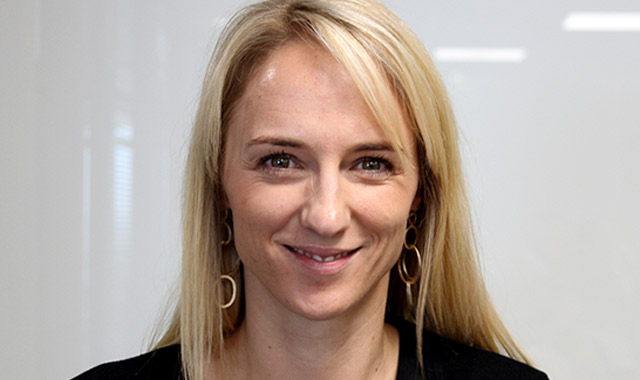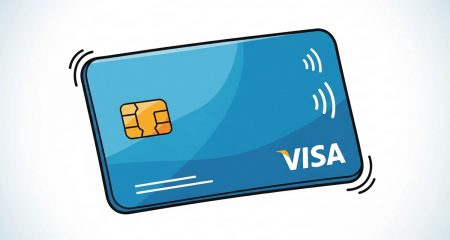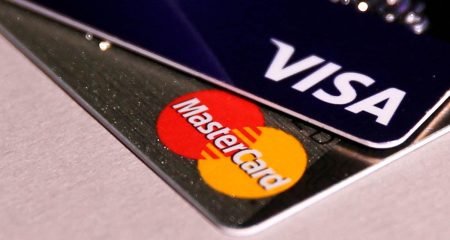
Visa doesn’t just think a cashless society is possible, it thinks it could even happen soon — and in Africa.
Visa country manager for South Africa Mandy Lamb says the payments technology company’s strategy is to displace the “trillions of dollars worth of cash” still in use across Africa.
It’s not Visa’s intention to displace its banking partners, says Lamb, but it is working increasingly closely with non-traditional players in financial services, especially mobile operators, which have already made big strides in providing mobile banking services to their customers.
In South Africa, Visa has 24m debit cards, but usage is by volume and value is a tiny fraction of this. Consumers don’t pay for small items such as bread and milk with their cards, says Lamb. Visa intends offering electronic payment mechanisms to replace cash for these types of purchases.
In the past 20 years, Visa has invested heavily in Africa, but the company still plans expansion into the more rural areas to ensure consumers there have access to financial services. Sub-Saharan Africa is one of Visa’s fastest growing regions.
Visa uses the “payment volume to total volume ratio” to measure the volume of transactions flowing across Africa. It also shows how much of that is in cash and how much is transacted using Visa’s platform.
“Across Africa, we are sitting at a 4% personal consumption expenditure (PCE). PCE is the capacity of the individual to spend. This shows there is a tremendous opportunity for Visa to penetrate cash across Africa.”
On a global basis, Visa’s PCE is in the mid-teens says Lamb. Africa is still significantly lower due to the extensive use of cash.
Visa believes moving to cashless alternatives means greater efficiency and security. It’s been proven that electronic payments make economies function more efficiently, Lamb says. “It displaces that grey economy, it allows governments to manage their cash flows better, and cross-border money flows more efficiently.”
A big opportunity is in remittances. Visa research shows that in 2013, the total measured remittance flow across Africa was US$32bn, a number that is expected to triple by 2016.
The cost of remittances across Africa is in the high teens, if not around the 20% mark, of the value of the money being transferred, Lamb says. “The World Bank wants to reduce that to 5%.”
Visa wants these remittances to be done on Visa cards in real time.
By using the 16-digital number on a Visa card, it wants to allow remittances to be paid from a smartphone banking app or ATM, or even a bank branch. — © 2014 NewsCentral Media




